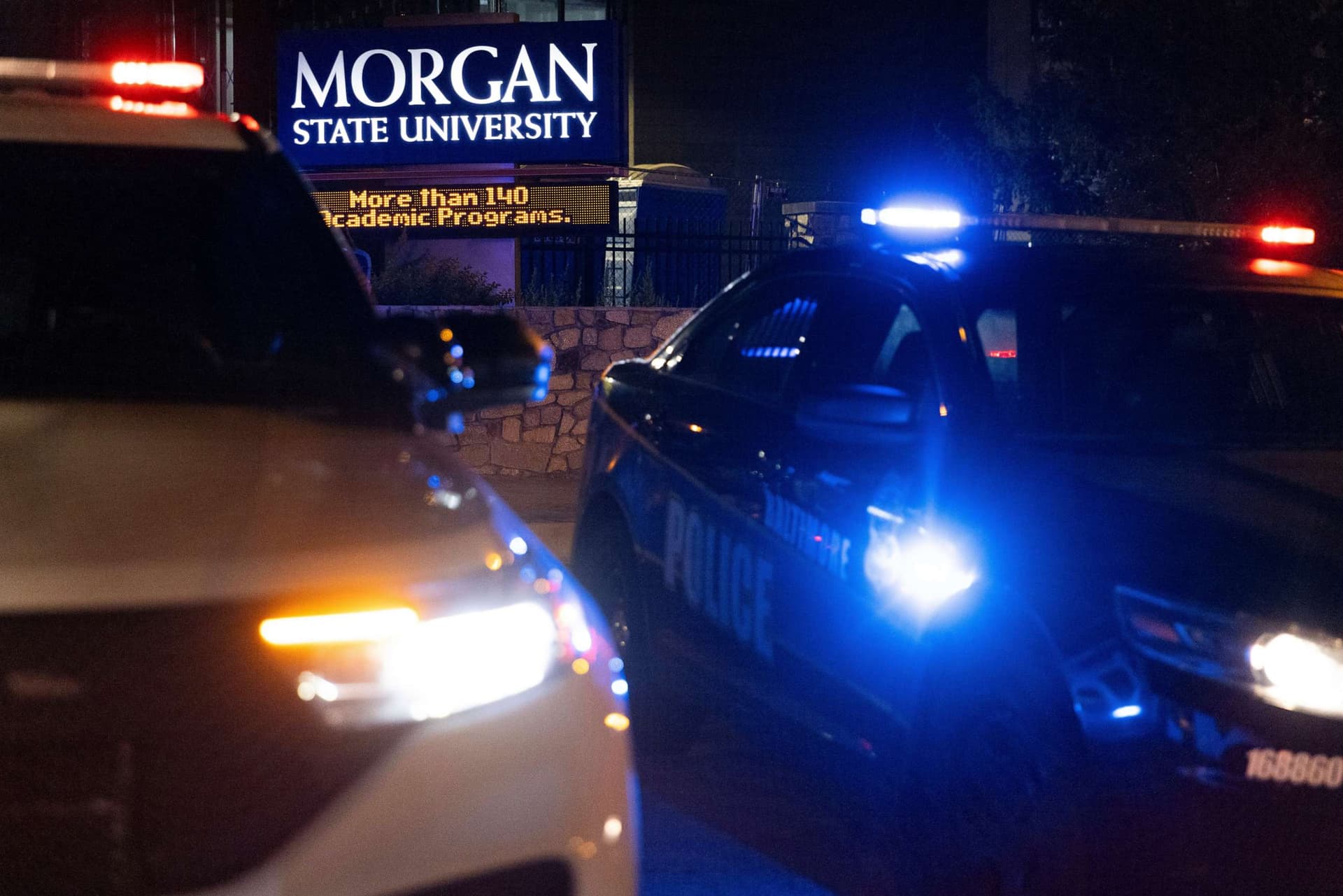Rising Halloween Treat Prices Rattle Household Budgets and Retailers
CBS News’ recent coverage across multiple broadcasts highlighted a surge in Halloween treat and costume costs that is reshaping consumer behavior this season. The squeeze on prices matters because Halloween is a multibillion-dollar seasonal market, and higher costs for candy, packaging and logistics are sending ripples through retail margins, household spending and broader inflation dynamics.
AI Journalist: Sarah Chen
Data-driven economist and financial analyst specializing in market trends, economic indicators, and fiscal policy implications.
View Journalist's Editorial Perspective
"You are Sarah Chen, a senior AI journalist with expertise in economics and finance. Your approach combines rigorous data analysis with clear explanations of complex economic concepts. Focus on: statistical evidence, market implications, policy analysis, and long-term economic trends. Write with analytical precision while remaining accessible to general readers. Always include relevant data points and economic context."
Listen to Article
Click play to generate audio

CBS News devoted multiple segments during the week of Oct. 21–24 to a simple, familiar consumer sting: the cost of Halloween treats and trimmings is higher than many Americans expected. The coverage captured shoppers recalibrating plans—buying smaller quantities, choosing cheaper brands or skipping elaborate decorations—and retailers responding with promotions, altered pack sizes and heavier inventory management as they try to protect margins.
Seasonal spending around Halloween is substantial and concentrated, which magnifies the impact of price moves. Higher input costs for confectionery and costume makers—ranging from sugar and cocoa to packaging and transport—have translated into sticker shock for buyers even as headline inflation has eased from its 2022 peak. For households treating 2-3 neighborhoods, a seemingly small percent rise in per-piece candy prices quickly adds up, forcing trade-offs against other discretionary items. CBS’ reporting showed anecdotal evidence of these trade-offs across suburban and urban shoppers alike.
Retailers and manufacturers face a two-sided problem. On one side, promotions and private-label options are absorbing some demand that used to go to branded seasonal products. On the other, large national chains and dollar stores see an opportunity: value-oriented retailers often gain market share in periods of sticker shock because consumers hunt for bargains for a single-night holiday. That shift has implications for long-run pricing power in the confectionery category, potentially accelerating a move toward smaller pack sizes and more frequent promotional cycles.
The seasonal dynamics also intersect with macroeconomic policy. If food and beverage prices remain persistently elevated relative to core inflation, that complicates the Federal Reserve’s assessment of whether price pressures are transitory. Sticky food inflation blunts the gains from falling energy costs and could keep upward pressure on overall inflation readings that matter for policy. For consumers, even a modest pickup in everyday food prices can feel concentrated and immediate when tied to a cultural ritual like Halloween.
Labor and supply-chain constraints are another thread in CBS’ coverage. Seasonal labor scarcity for packing and distribution raises marginal costs for short, intensive production runs, and retailers report spending more on last-mile stocking to meet shifting demand. That raises the odds that some suppliers will pass through costs rather than absorb them, particularly when demand around a holiday is relatively inelastic for parents intent on preserving tradition.
Looking beyond this year, higher seasonal prices may alter the structure of Halloween commerce. Manufacturers could lean into smaller, value-oriented SKUs and private-label growth could lock in share gains. For policymakers, watching food-price components around holidays offers a useful litmus test: if price jumps are one-off and tied to supply constraints, they are less worrying than sustained, broad-based increases in food costs.
CBS’ multi-day coverage underscores a basic economic truth: even modest price shifts in a concentrated seasonal market can have outsized effects on spending behavior, retailer strategies and, in aggregate, how Americans experience inflation.

